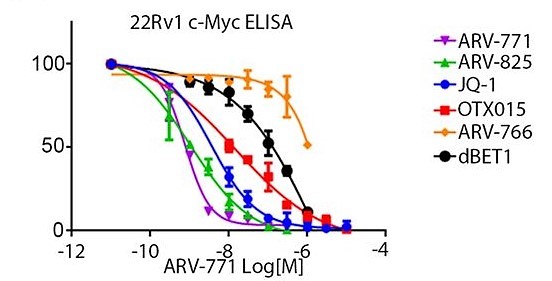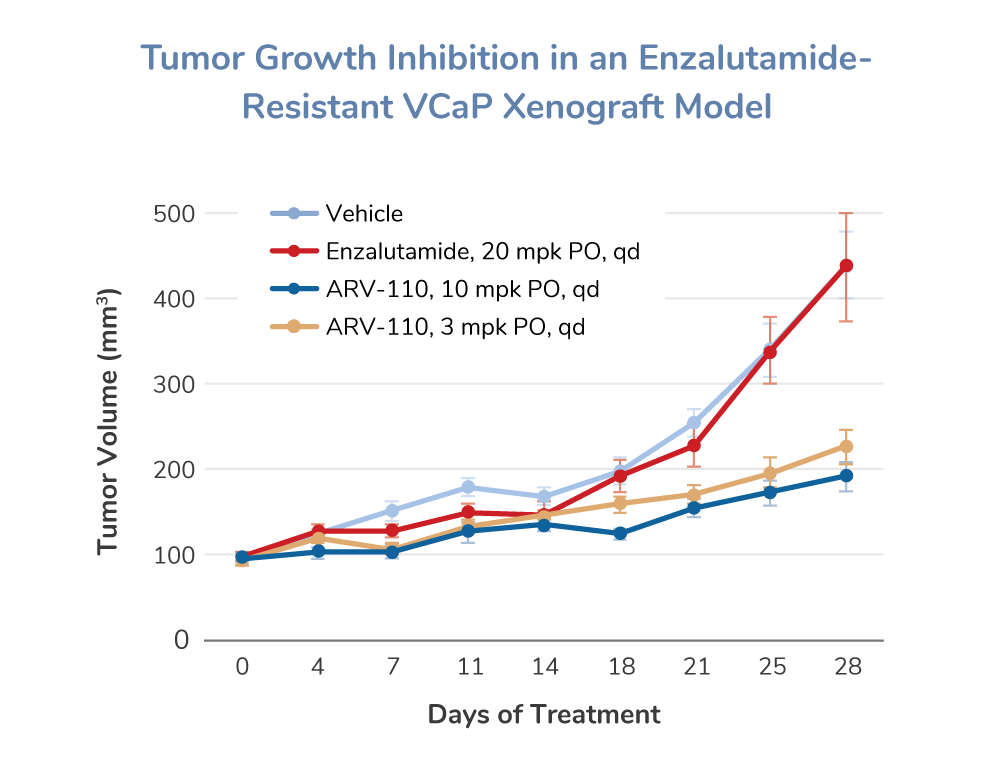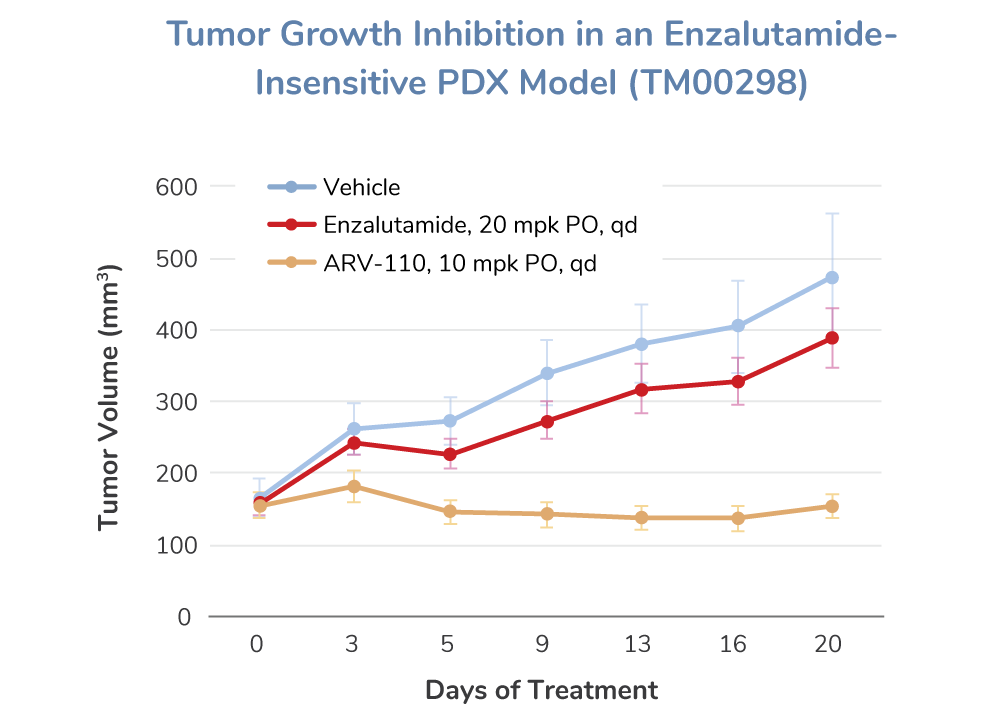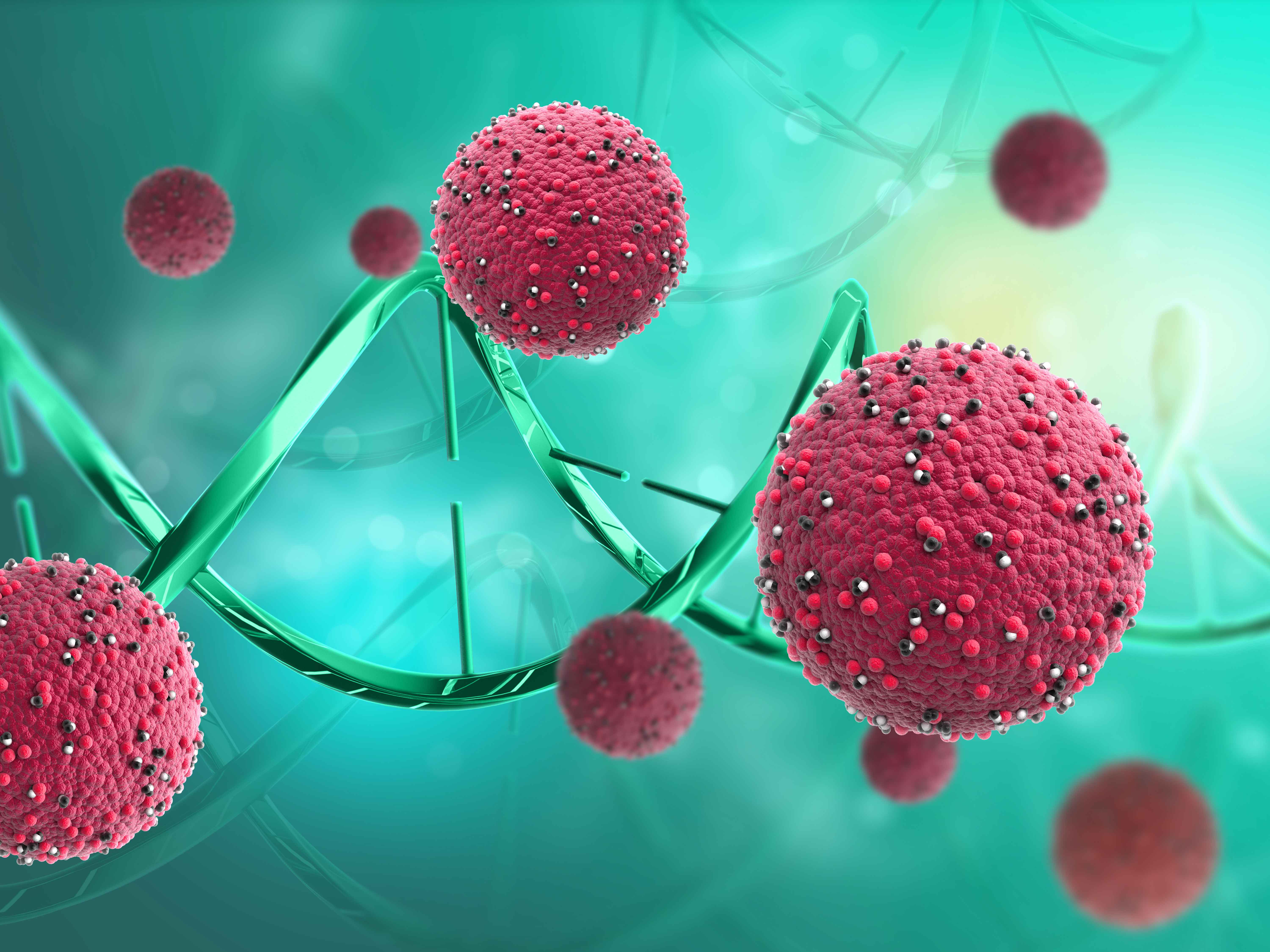- About Us
- One Stop Service
- Platform
In-Vitro
Molecular Assays
Cell-Based Functional Assays
In-Vivo
Pharmacology
Cancer PharmacologyInflammation Pharmacology - Join Us
- Contact Us
One Stop PROTAC Service
One Stop PROTAC Service
.png)
.png)
_30sh.png)
_z3tj.png)
Advantages of PROTAC
.png)
In Vitro Assays:
Western blot
.png)
PROTACs downregulate the protein levels of their respective targets
ELISA

ARV-771 treatment for 16 h results in suppression of cellular c-MYC levels measured by ELISA.
IHC
.png)
Identification of the permeability of PRTC in Panc-1 cells
.png)
PRTC induces the ubiquitination and proteasomedependent degradation of the endogenous CREPT protein
Flow cytometry
.png)
Apoptosis was examined by propidium iodide (PI)/Annexin-V staining in combination with flow cytometry assay
Cell cytotoxicity
.png)
Effect of PROTAC on cell cytotoxicity
In Vivo Assays:


Example
Design and characterization of DCAF15 E3 ligase derived PROTAC to degrade BRD4 in vitro and in vivo
.png)
(A) PROTACs designing schematic. (B) Immunoblot of BET protein and ACTIN after 16 h of treatment of SU-DHL-4 cells with the indicated concentrations of DP1. Degradation activity is calculated below each lane as % of protein level relative to DMSO control. (C) Immunoblot of BRD4 and ACTIN after treatment of SU-DHL-4 cells with 20 μM DP1 for the indicated incubation times. (D) Left panel: Immunoblot of BRD4 and ACTIN after a 4 h pretreatment with 20 μM of ligands JQ1 and E7820, followed with a 14 h 20 μM DP1 treatment in SU-DHL-4 cells. Right panel: Immunoblot of BRD4 and ACTIN after a 4 h pretreatment with carfilzomib (0.2 μM) or MLN4924 (1 μM), followed with a 14 h 20 μM DP1 treatment in SU-DHL-4 cells. (E) Immunoblot of BRD4 and ACTIN following treatment of clone 12 and parental cells for 24 h with the indicated concentrations of DP1. (F) Cell viability analysis of SU-DHL-4 cells treated with DP1 for 48 h compared with its component ligands JQ1, E7820, and DP1(R) (n = 3). (G) Immunoblot analysis of BRD4, c-MYC, cleaved PARP and Caspase 3, and ACTIN in SU-DHL-4 cells treated with the indicated concentrations of JQ1, E7820, DP1(R), and DP1 for 24 h. (H) Tumor volume of vehicle-treated mice or mice treated with DP1 (100 mg/kg) for 12 days, n = 8. (I) Tumor weight of mice treated with vehicle and DP1 after sacrificed. (J) Immunoblot of BRD4, c-MYC, and ACTIN using tumor lysates from mice treated with vehicle and DP1
Reference
Li, L., Mi, D., Pei, H. et al. In vivo target protein degradation induced by PROTACs based on E3 ligase DCAF15. Sig Transduct Target Ther 5, 129 (2020). https://doi.org/10.1038/s41392-020-00245-0
Bondeson, D., Mares, A., Smith, I. et al. Catalytic in vivo protein knockdown by small-molecule PROTACs. Nat Chem Biol 11, 611–617 (2015). https://doi.org/10.1038/nchembio.1858
Raina, Kanak; Lu, Jing; Qian, Yimin; Altieri, Martha; Gordon, Deborah; Rossi, Ann Marie K.; Wang, Jing; Chen, Xin; Dong, Hanqing; Siu, Kam; Winkler, James D.; Crew, Andrew P.; Crews, Craig M.; Coleman, Kevin G. (2016). PROTAC-induced BET protein degradation as a therapy for castration-resistant prostate cancer. Proceedings of the National Academy of Sciences, (), 201521738–. doi:10.1073/pnas.1521738113
Ma, D., Zou, Y., Chu, Y., Liu, Z., Liu, G., Chu, J., … Chang, Z. (2020). A cell-permeable peptide-based PROTAC against the oncoprotein CREPT proficiently inhibits pancreatic cancer. Theranostics, 10(8), 3708–3721. doi:10.7150/thno.41677
Ma, D., Zou, Y., Chu, Y., Liu, Z., Liu, G., Chu, J., … Chang, Z. (2020). A cell-permeable peptide-based PROTAC against the oncoprotein CREPT proficiently inhibits pancreatic cancer. Theranostics, 10(8), 3708–3721. doi:10.7150/thno.41677
Zhao, Qiuye; Lan, Tianlong; Su, Shang; Rao, Yu (2019). Induction of apoptosis in MDA-MB-231 breast cancer cells by a PARP1-targeting PROTAC small molecule. Chemical Communications, (), 10.1039.C8CC07813K–. doi:10.1039/C8CC07813K
https://www.arvinas.com/pipeline-programs/androgen-receptor
News & Events
-
Translational analysis of a phase II trial: Expression of p53 as a biomarker of pazopanib efficacy i......
-
Cancer therapy: Targeting cancer stem cell pathways
-
Immunotherapy for early triple negative breast cancer
-
Is artificial intelligence (AI) in small-molecule drug discovery a coming wave?

Shanghai Novopathway Biotechnology
Building No.5, East Huaxia Road No.333, Pudong New Area, Shanghai
BD Cooperation Email: BD@novopathway.com Tel: 021-5838 0618-501
Join Us Email: HR@novopathway.com Tel: 021-5838 0356

Beijing Sun-Novo Pharmaceutical Research
Building No.7, West Shuangying Road No.79 , Changping Area, Beijing
Website: http://www.sun-novo.com








